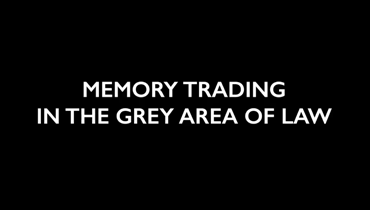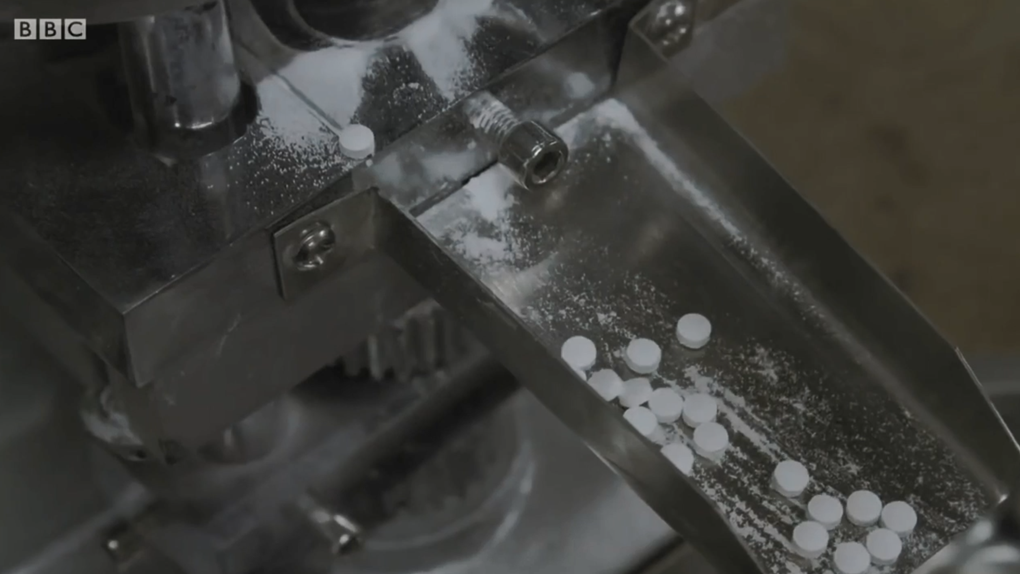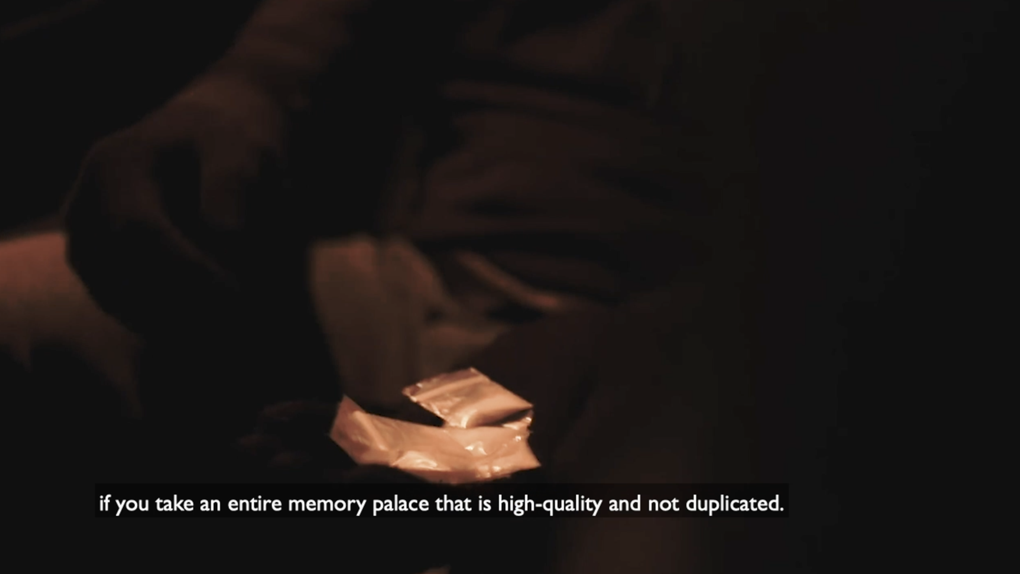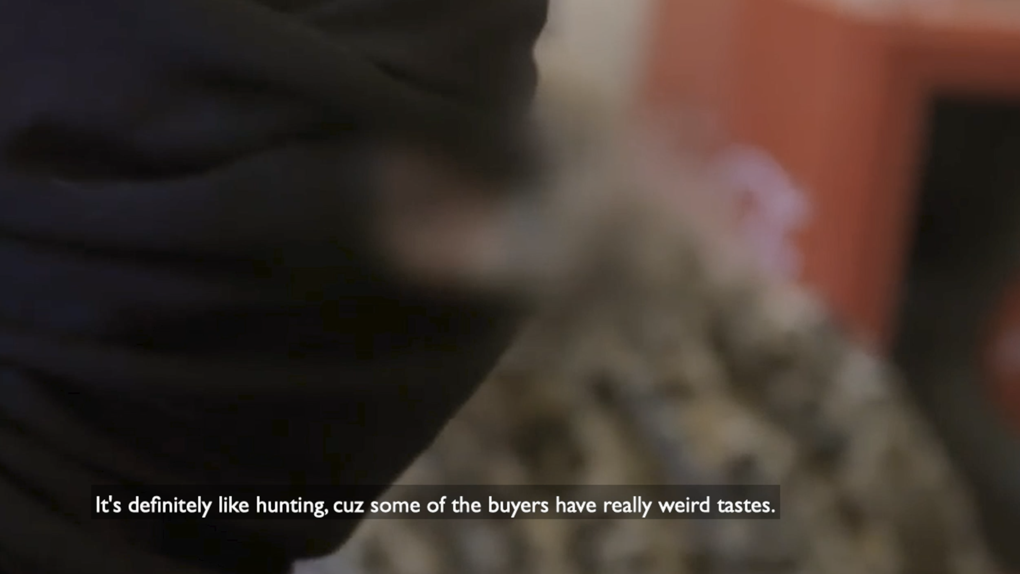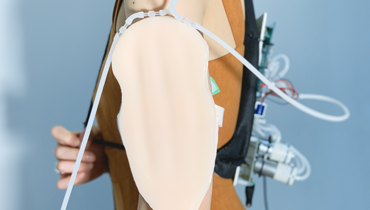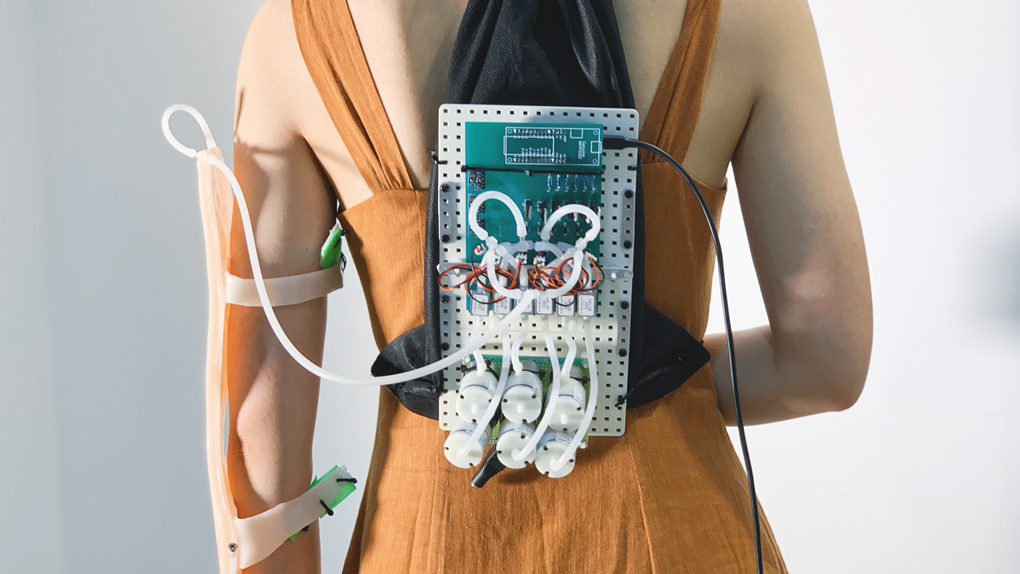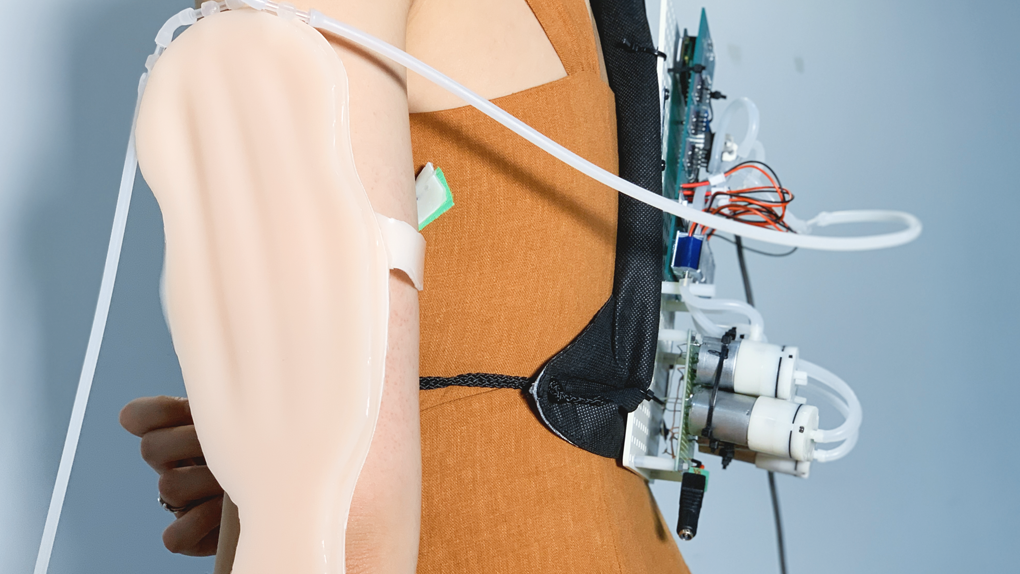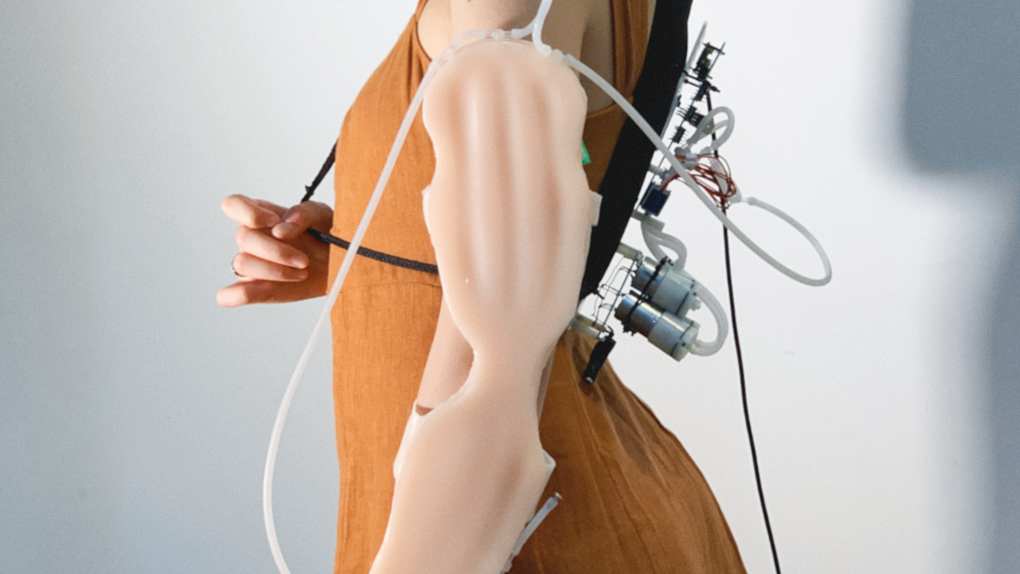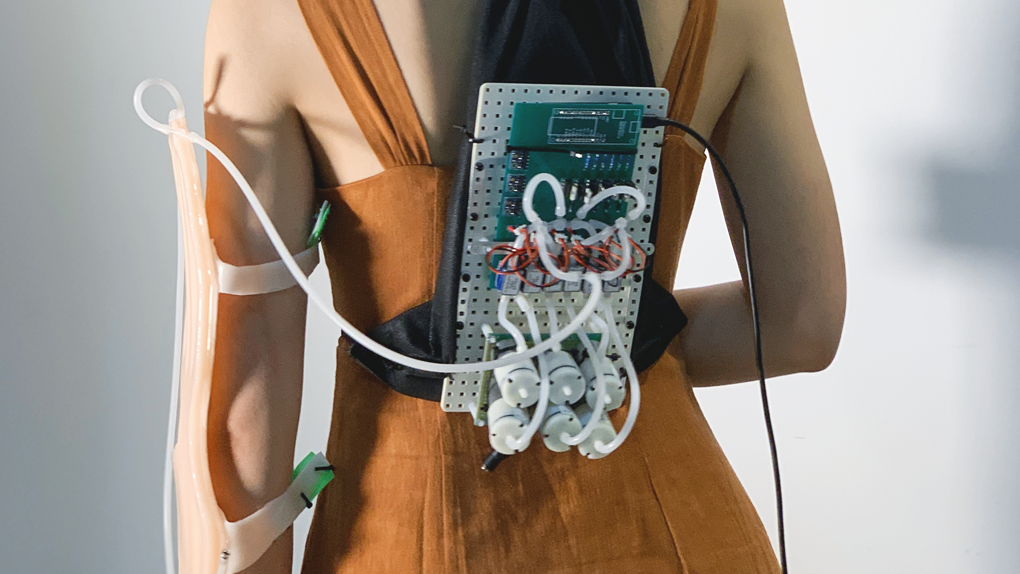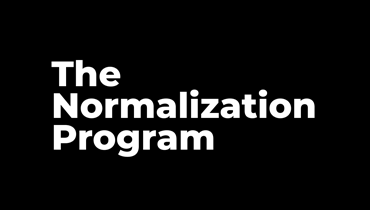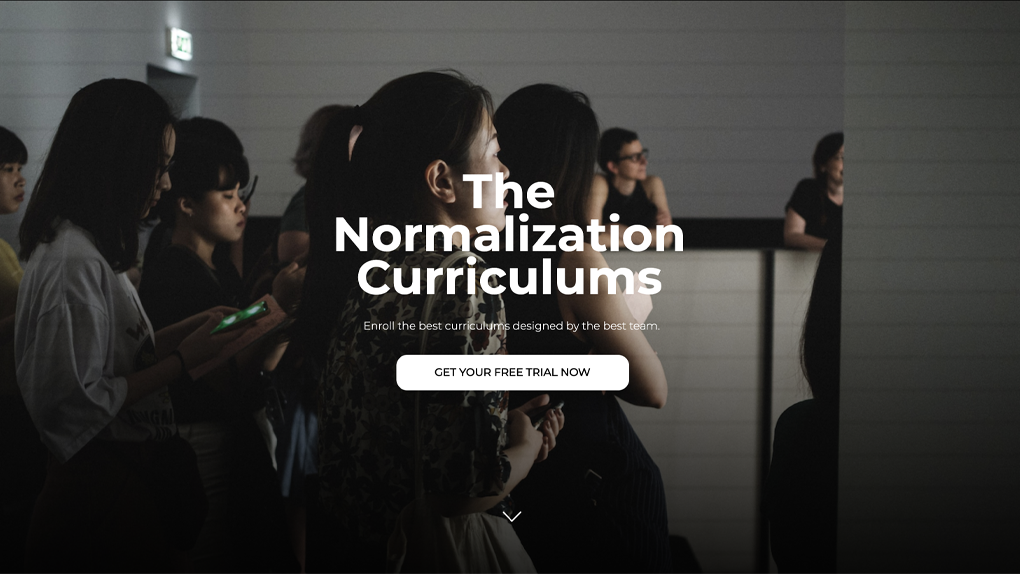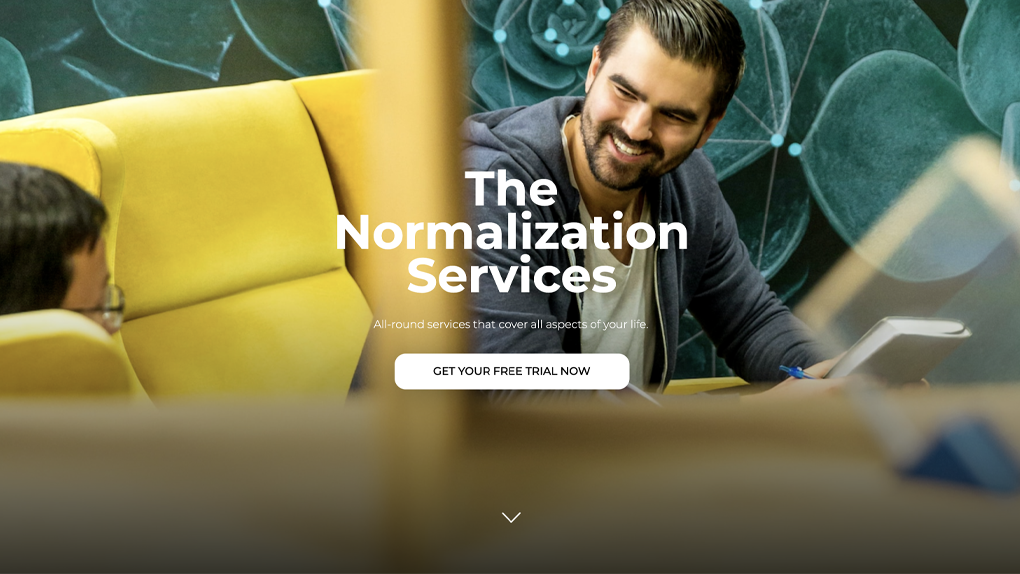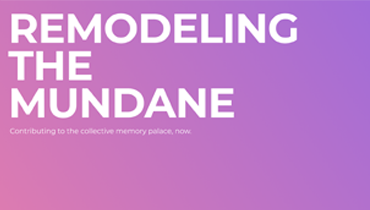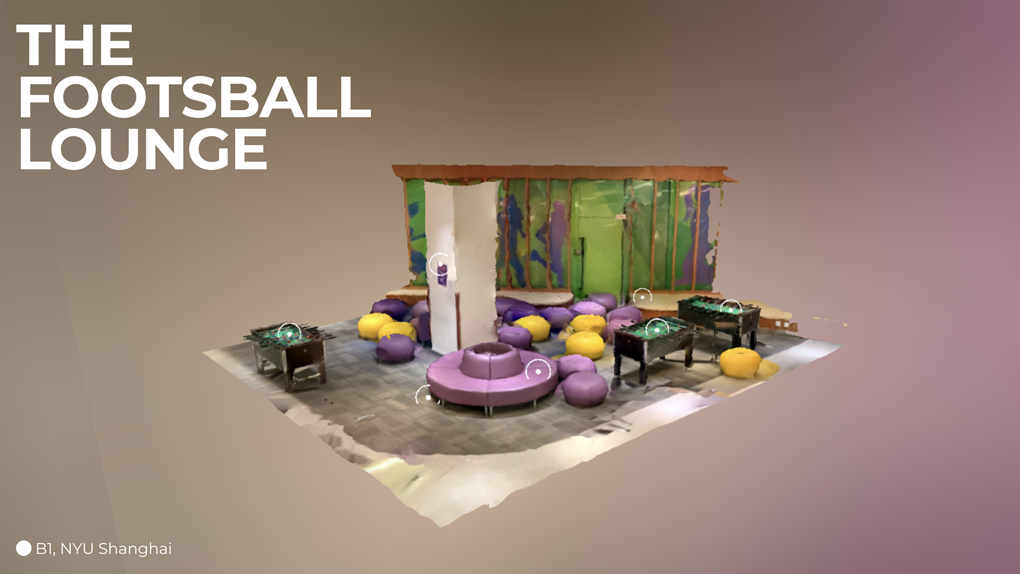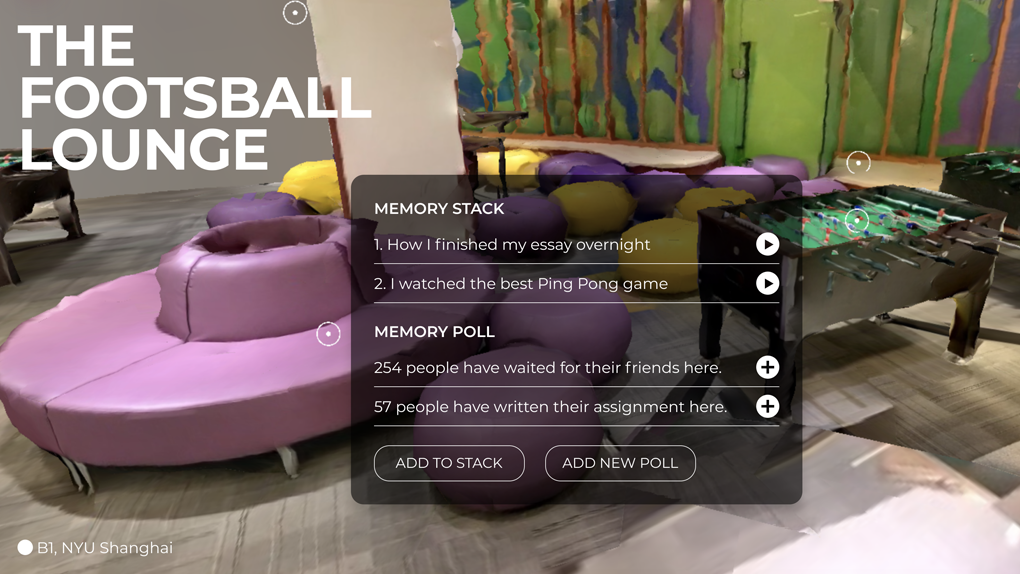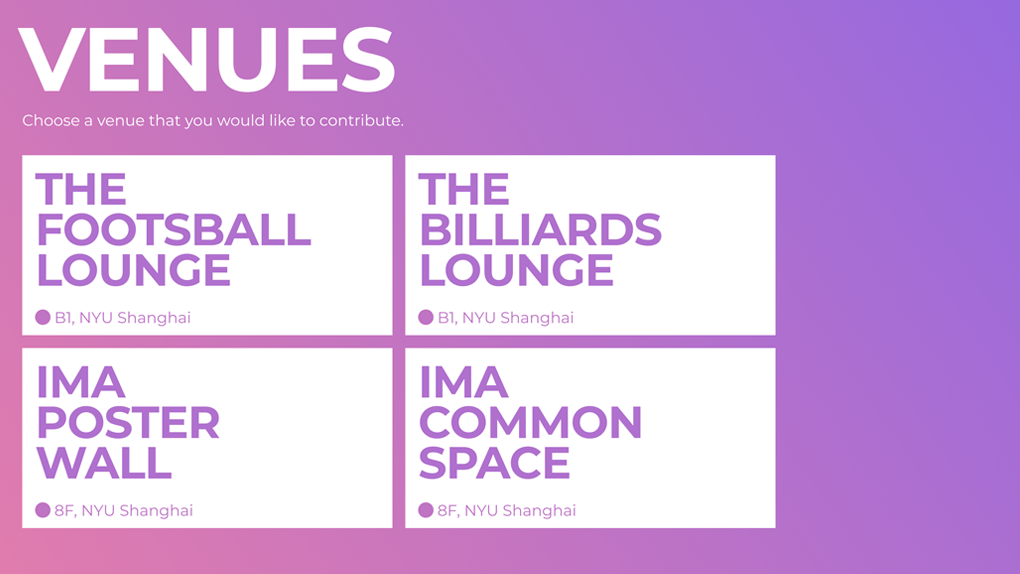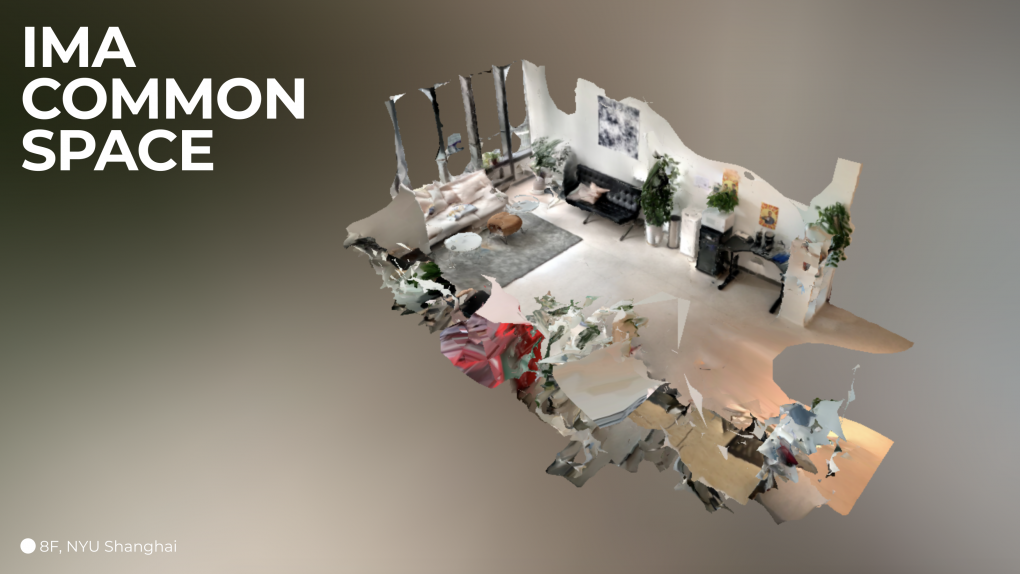Building a memory palace with 3D-scanning technologies
Zehua Wang
https://youtu.be/XfIIaKWmHZI
Description
This project is inspired by Fred Dretske’s theory on our ontological development and Derren Brown’s interpretation of the “memory palace”. Dretske argues that information is the core of the development of our “umwelt”, the consciousness of our “self” and the surroundings. He further defines “knowledge” and “perception” as the two main status of our acquired knowledge (Dretske). Derren Brown challenges the interpretation of the “memory palace” merely as a tool for the purpose of memorizing better. He sees the “memory palace” as a virtual space that helps with a more successful spiritual development (Brown).
Many scholars and artists have touched upon either the ontological discussion of the “self” or the various representations of a “memory palace”, but few of them have explored or discussed the privacy nature of these topics. Thus, this project attempts to challenge the long-believed privacy and self-centered nature of the ontological development and explore the possibility of building a “umwelt” shaped from both individual and collective experiences.
The project will be an interpersonal experience in which the audience can both annotating their own memory and experience in a digitalized virtual environment and actively interact with others’ annotations. The project turns physical public space into a digital environment by 3D-scanning the space and reconstructing the environment using photogrammetry. This reconstructed digital environment allows the audience to associate their own memories and experiences with different parts of the environment and annotate the related memories right on the spot. Besides annotating their own memories and experiences, they can also explore others' annotations in this digital environment, leave comments, learn other's experiences and memories, further extend their own memory palace, as well as use them as part of their own spiritual development.
IMA/IMB Shanghai
INTM-SHU.401.3
Capstone Studio (Shanghai)
VR\\\\\\\\\\\\\\\\\\\\\\\\\\\\\\\\AR,Narrative/Storytelling

